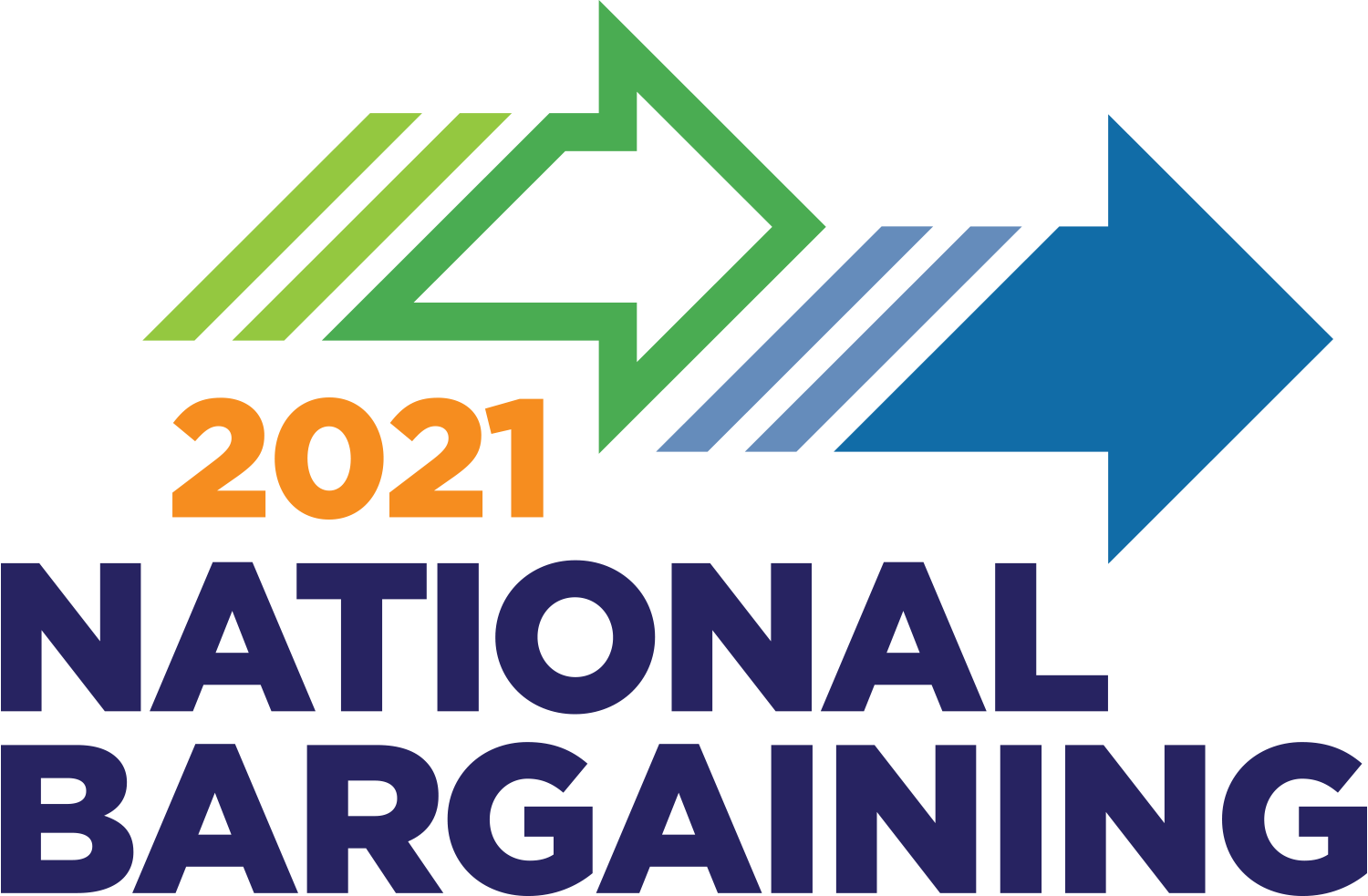When Henry J. Kaiser and Dr. Sidney Garfield created a health plan for Kaiser’s shipyard and construction workers in the 1930s and ’40s, they laid the foundation for Kaiser Permanente.
From an initial customer base consisting almost entirely of union members, Kaiser Permanente grew to be the largest nonprofit health plan in the country, serving a wide range of members. Today, the Labor Management Partnership, an innovative relationship among Kaiser Permanente managers, workers and physicians, is the largest and most comprehensive partnership of its kind.
The Labor Management Partnership started in 1997, emerging from mounting strife between Kaiser Permanente and its unions that threatened to derail the organization. Instead of continuing a traditional approach and launching a campaign against KP that ultimately could damage the organization—and the workers it employed—the Coalition of Kaiser Permanente Unions approached KP leaders with an idea for how to do things differently.
Today, the 1997 agreement continues as the guiding document between KP and the Coalition unions. In 2018, after the Alliance of Health Care Unions formed, a new 2018 Labor Management Partnership Agreement was reached between KP and the Alliance unions. Under these partnership agreements, the parties agree to work collaboratively to improve the quality of care for Kaiser Permanente's members and communities and help KP lead the market in health care — while providing job security and the best place to work for its employees.
Working in collaboration
On a day-to-day basis, partnership means that workers, managers and physicians share decision making and problem solving by staying grounded in their common interests. Employees, managers and physicians work in unit-based teams — collaborative work groups that, in the course of their ongoing work, improve quality and service and make KP more affordable. Partnership is credited not only with improving patient care and satisfaction, but in making Kaiser Permanente a better place to work by giving employees a voice on the job.
Over the years, the parties have worked together on such policy issues as nurse-to-patient staffing ratios and health care reform and ratified groundbreaking accords such as the Employment and Income Security Agreement. Perhaps the most ambitious endeavor was the 2005 launch of 3,500 unit-based teams that work on improving care, service and affordability every day. Together, Kaiser Permanente and the unions have bargained a series of groundbreaking National Agreements, including the ones in force today with the Coalition of Kaiser Permanente Unions and the Alliance of Health Care Unions. All used an interest-based approach.
